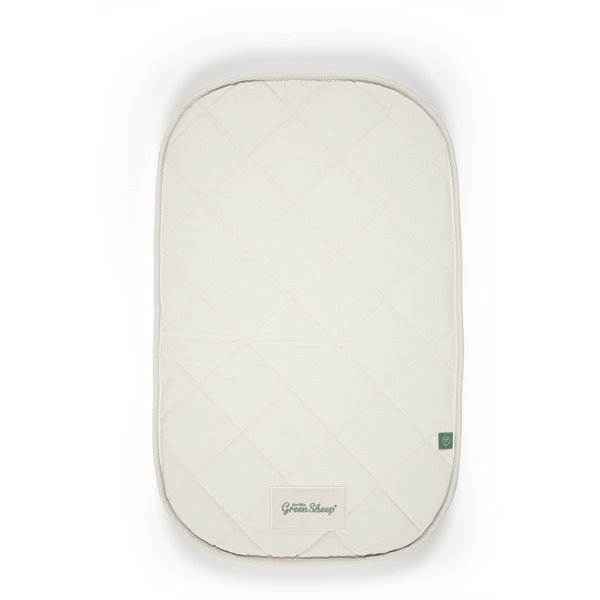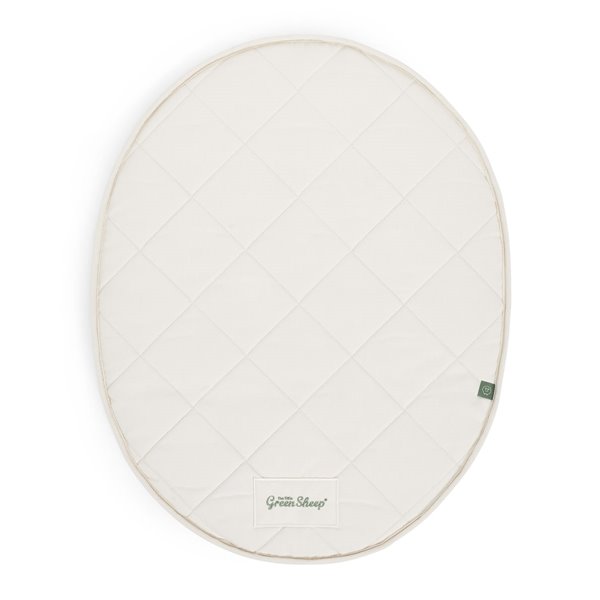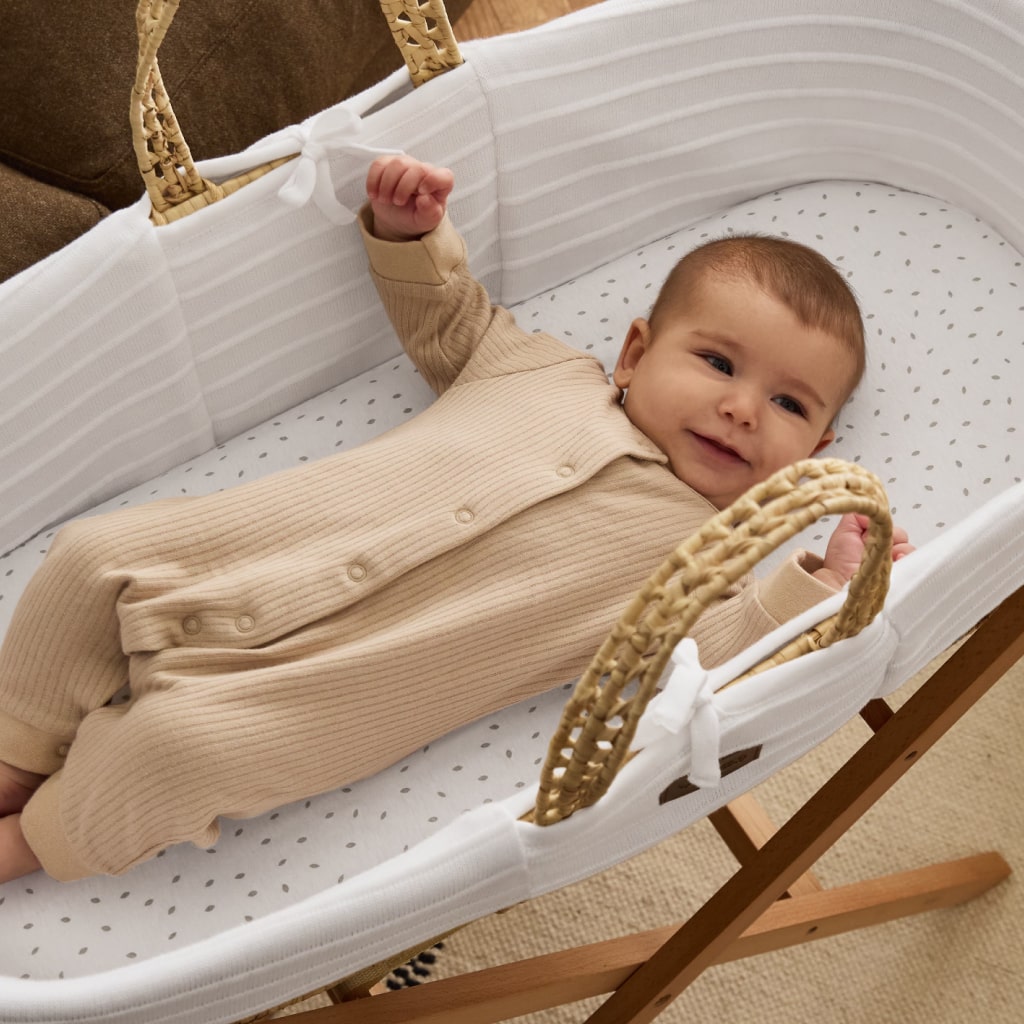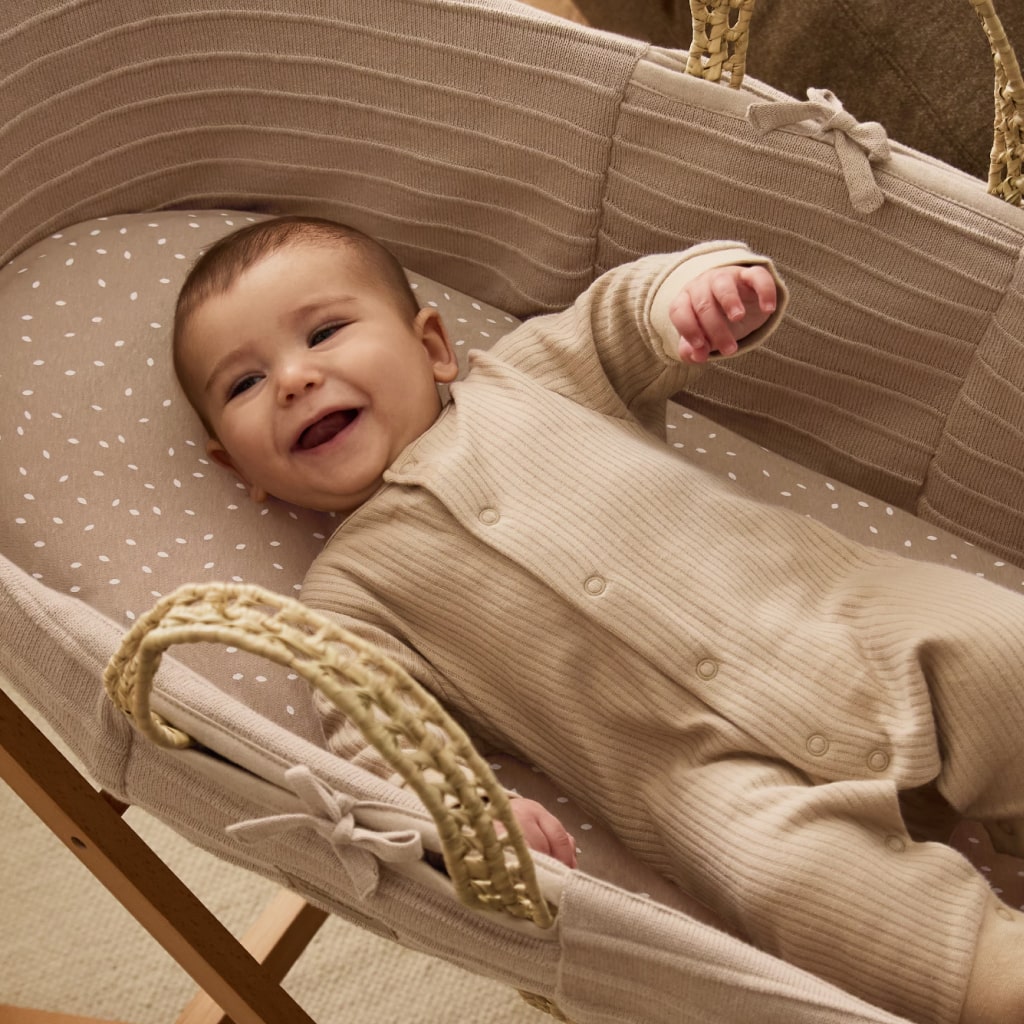How to Choose a Cot Mattress: The Ultimate Guide to Your Baby's First Mattress
If you're a first-time parent looking for a mattress for your baby's first cot, and you're finding it difficult to navigate the never-ending advice from all corners of the internet, let us strip it back and tell you exactly how to choose a cot mattress.
It doesn't have to be complicated, but it is very important, so parents, let's make sure we get this right.
In our Cot Mattress Buying Guide, we’ll cover everything from size, type, materials, and safety, with recommendations along the way for your baba’s bed.
By the end, you'll have a much clearer understanding of what your new little one should be sleeping on and, most importantly, why.
Contents
Why it Matters What Cot Mattress You Choose
When a baby is born, they don't yet have the ability to move themselves around to make sure they're getting the most supportive, comfortable, and safe sleep. A mattress can do those things, so you should select the right one when the time comes.
Here are some things new parents should consider before making the all-important purchase:
- Size and thickness
- Type of mattress
- Material
- Safety standards
- Comfort
As you can see, it can't just be an impulsive purchase like those cute little baby grows you just had to have. We've really got to think about the logistics.
Luckily for you, we're somewhat experts in this field…
Cot Mattress Size Guide
It's important that your baby's mattress fits perfectly in their sleep space, even if it's not a cot but a Moses basket or carrycot. This is key to ensuring your baby's safety.
Ideally, the gap between the mattress and the cot should be no more than 1cm wide to prevent your little one from trapping their fingers.
Our cot mattresses come in many different shapes and sizes to be compatible with your cot. We even offer the ideal measurements for popular brands like Snuz and IKEA!
|
Cot |
Mattress Size (Width x Length) |
|
70cm x 140cm |
|
|
60cm x 120cm |
|
|
70cm x 160cm |
|
|
68cm x 117cm |
|
|
69cm x 139cm |
|
|
68cm x 122cm |
It’s important to note that you should always measure your little one’s bed before buying a mattress. While the ‘standard’ size for cots is 70cm x 140cm, there are variances among different brands and models. Always measure before you buy.
We also have a custom mattress option, so you can get the right cot mattress for whatever size or shape your cot may be.
How Thick Should a Cot Mattress Be?
Mattress depth also needs to be considered, especially ensuring it's in line with British Safety Standards.
According to the NCT (National Childbirth Trust), British safety standards suggest a mattress for newborns should be no thinner than 8cm.
You can check if a mattress conforms to safety standards by checking the label or instructions for the BSI number BS 1877-10:2011+A1:2012.
The Little Green Sheep Mattresses meet all UK safety standards and are 10cm deep, providing a comfortable and safe sleep for your baby. You can't go wrong with our selection!
What are the Different Types of Cot Mattresses?
There are a few types of mattresses typically found on the market that you should get yourself familiar with. They are foam, pocket-sprung, and natural.
Below is a helpful breakdown of each mattress, taking you through the details of each:
|
Types of Cot Mattress |
Key Points |
|
Pocket Spring/Pocket-Sprung |
|
|
Natural |
|
|
Memory Foam |
|
Pocket Spring
If you want to ensure your baby's body is supported while they sleep, a pocket-sprung mattress could be for you.
Offering much more tailored support than foam mattresses, the pocket-sprung mattress is a great option for your child.
Due to the individual springs in their own fabric pockets, pocket-sprung mattresses offer a lot more airflow, removing the risk of hot spots.
Increased airflow is also essential for stopping dampness (which can lead to mould) and dust mites.
Natural
Natural mattresses are among the firmest varieties of baby mattresses, providing optimal support, as recommended by safe sleep experts.
They're also made without any nasties or harmful substances, so your baby can have a toxic-free night's sleep.
Natural mattresses often use wool, which is fire retardant, so mattresses can meet safety standards without harsh chemicals.
One more thing about natural mattresses: they have great airflow. Heat is unlikely to get trapped within the natural materials, so they're a great option for keeping babies' temperature regulated.
All The Little Green Sheep mattresses are naturally and organically made, never using synthetic chemicals that could harm your baby or the environment.
Foam
Foam mattresses, more commonly known as memory foam, are the cheapest of the mattresses, but the price does come with a few drawbacks for your baby.
For example, foam mattresses aren't very breathable, which causes what we call 'hot spots.' Hot spots are areas in the mattresses that cannot get rid of the retained heat. This can be particularly dangerous for babies who can't regulate their own body temperature like adults.
It's also important to note that foam mattresses are made from synthetic materials, which can cause 'off-gassing,' which is the unpleasant smell released from mattresses due to the chemicals used.
Many foam mattresses meet the safety standards, but you have to be sure if you want to purchase one. But remember, they also aren’t sustainable.
Why Cot Mattress Material Matters
At The Little Green Sheep, we believe what’s inside counts. And that’s why our award-winning mattresses are handmade using the finest natural materials.
But if you're not quite convinced about natural being the best mattresses for babies, here's a breakdown of the key features of both:
|
Natural |
Synthetic |
|
|
As you can see, synthetic mattresses don't even come close to the benefits of a natural mattress, which is why we at The Little Green Sheep only make our mattresses natural.
Here are the natural fibres and materials we use to ensure your baby has a comfortable yet supportive and safe sleep:
|
Understanding Safety When Choosing a Cot Mattress
According to the NHS, it's not actually clear why we lose babies to SIDS (sudden infant death syndrome), but there are things you can do to help prevent it from happening.
The type of mattress you choose will either help or hinder you in trying to prevent SIDS, so here are some rules of thumb you should follow:
|
For more SIDS-preventing methods, follow this link to the NHS website.

Rounding Up: Choosing the Best Cot Mattress
Hopefully, you're now aware of the things to look out for before buying your baby's first mattress, but just in case, here's a little recap:
|
So, there we have it – everything new parents need to know about your baby's first mattress. While it might not be the most exciting purchase, it does certainly matter, so don't make the decision lightly.
For mattresses that meet safety standards, support your baby's growth, and provide comfort, click the button below to shop our selection of natural mattresses!








